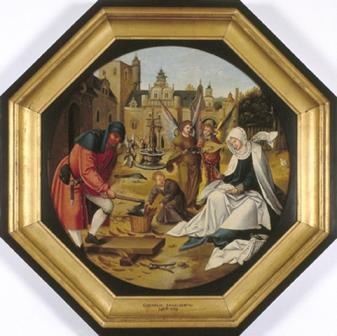Recommendation
In a letter dated 28 April 2011, the State Secretary for Education, Culture and Science (hereafter referred to as: the State Secretary, OCW) requested the Restitutions Committee (hereafter referred to as: the Committee) to issue a revised recommendation on a previously handled application for restitution regarding Larsen (RC 1.70) concerning twelve paintings from the Netherlands Art Property Collection (hereafter referred to as: the NK collection). The works have the following inventory numbers: NK 1410, NK 1412, NK 1414, NK 1417, NK 1420, NK 1424, NK 1428, NK 1441, NK 1447, NK 1451, NK 2243 and NK 2463. The previous application for restitution of these twelve paintings was awarded by decree of the Minister for OCW on 1 September 2009 on condition of payment of EUR 325,000 by the applicants. This is what the Committee advised the Minister in its recommendation on RC 1.70 dated 1 July 2009.
The application for a revised recommendation concerns the repayment condition the Committee attached to its recommendation to return the paintings.
